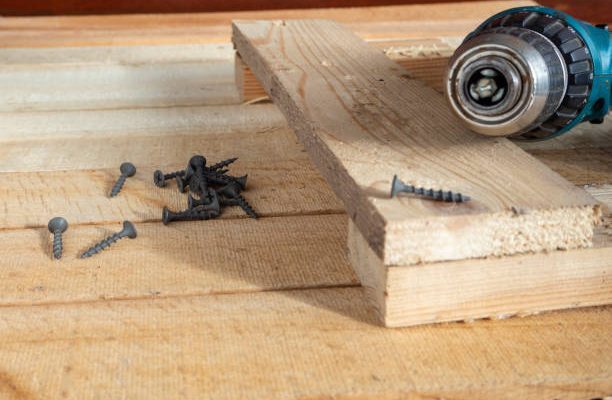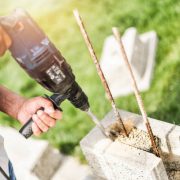Do-it-yourself (DIY) projects have seen a significant rise in popularity in recent years. A crucial player in these projects that often goes unnoticed is the self-tapping screw. These unique fasteners, designed to bore their own hole as they are driven into material, are invaluable in the world of DIY, providing ease, efficiency, and durability. Let’s explore the role they play in DIY projects.
Understanding Self-Tapping Screws
Self-tapping screws come in two primary types: thread-forming and thread-cutting. Thread-forming screws are typically used in soft materials like plastic and wood, where they create a mating thread by displacing the material. In contrast, thread-cutting screws, used in harder materials, remove material to create threads, functioning much like a tap.
One might wonder why opt for self-tapping screws when there are myriad other fasteners available. The answer lies in their unique features. Self-tapping screws provide a fast and reliable way to join materials together without pre-drilling, reducing both the time and tools needed. Their design ensures a secure, tight fit, making them ideal for a wide range of materials and applications.
Importance of Self-Tapping Screws in DIY Projects
In DIY projects, simplicity and versatility are key, and self-tapping screws deliver on both fronts. Their ease of use makes them a boon for novice DIYers – all you need is a screwdriver or a drill, and the screw does the rest. This eliminates the need for a separate tap, simplifying the fastening process considerably.
Moreover, self-tapping screws can be used with a range of materials, from wood and plastic to some metals, increasing their versatility. Their strength and durability ensure that your DIY projects stand the test of time.
Popular DIY Projects Where Self-Tapping Screws are Utilized
There are countless DIY projects where self-tapping screws shine. In home improvement, they’re indispensable for fixing loose furniture parts, creating custom shelving, or installing cabinets. For those dabbling in electronics, self-tapping screws prove their worth in PC building or repairs, securing components in place. Even in the realm of arts and crafts, these screws are invaluable. From crafting a picture frame to assembling a DIY birdhouse, self-tapping screws provide secure and lasting connections.
How to Use Self-Tapping Screws in DIY Projects
To start using self-tapping screws in your DIY projects, you’ll need some basic tools: a screwdriver or a drill, and of course, the screws themselves. Here’s a simple guide to get you started:
Select the appropriate screw for your material and application.
Position the screw on the material where you want to fasten it.
Use a screwdriver or drill to slowly drive the screw into the material. Apply steady pressure; the screw will form or cut the thread as it goes in.
Continue until the screw is flush with the material surface or at the desired depth.
Safety is paramount in any DIY project. When working with these screws, make sure to wear protective eyewear to guard against any displaced material. Also, be cautious when applying pressure to avoid slipping and causing injury.
Case Studies of DIY Projects Using Self-Tapping Screws
Let’s look at two real-world examples to illustrate the use of self-tapping screws in DIY projects. In the first case, a DIY enthusiast used self-tapping screws to build a custom computer desk. The screws were used to join wooden panels and install brackets, providing a sturdy, reliable structure that was assembled with ease.
In the second case, a DIYer used self-tapping screws to repair an old wooden deck. Instead of removing the old, worn-out screws, they used larger diameter self-tapping screws to secure the loose boards. This process saved them considerable time and effort while ensuring the deck was safe and ready for use once again.
Tips for Choosing the Right Self-Tapping Screws for Your DIY Projects
When it comes to selecting the right self-tapping screws for your projects, several factors need consideration. The material being worked on heavily influences the screw selection. For example, while fine-threaded screws are suitable for hard materials like metal, coarse-threaded ones are better suited for softer materials like wood.
Size is another crucial factor. The length of the screw should be sufficient to penetrate and secure the materials adequately, while the diameter should provide a snug fit.
Quality should not be compromised when choosing screws. High-quality screws will provide better grip and durability, ensuring the longevity of your projects.
Conclusion
In conclusion, self-tapping screws are unsung heroes in the realm of DIY projects. Their ease of use, versatility, and durability make them an ideal choice for hobbyists and DIY enthusiasts alike. So, whether you’re planning to build custom furniture, repair a deck, or embark on an exciting electronics project, consider using self-tapping screws. They might just be the missing element that ensures your DIY project’s success and longevity.




















